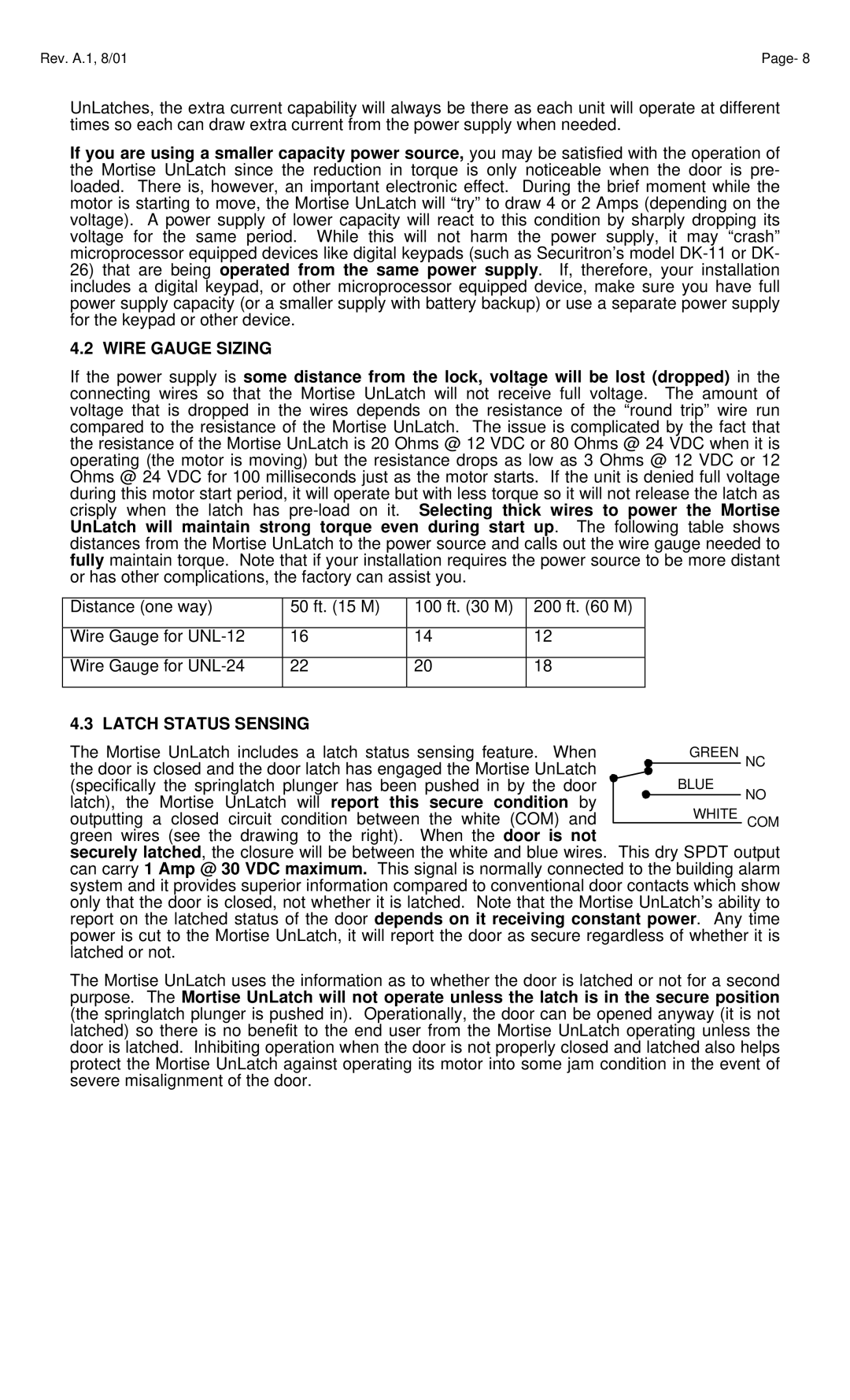Door Lock specifications
Assa Door Lock is a leading brand renowned for its innovative and reliable locking systems, catering to both residential and commercial needs. The key features of Assa door locks include their robust construction, advanced security measures, and user-friendly design, making them a popular choice for those concerned with safety and accessibility.One of the standout characteristics of Assa locks is their high-security ratings. Many of their products are crafted with a patented locking mechanism that offers superior pick resistance and drill protection. This makes them particularly effective against unauthorized access, ensuring that homes and businesses remain safe from intruders. Assa locks often come with hardened steel components that significantly enhance overall durability and resistance to tampering.
Technologically, Assa has incorporated cutting-edge features into their locks. Many models are equipped with the ASSA D6 cylinder, which employs a unique pin and disc mechanism that increases complexity for would-be burglars. The D6 cylinder is designed with a patented key design that prevents unauthorized duplication, thereby bolstering security. In addition, various Assa locks offer the convenience of keyless entry systems, which integrate smart technology for enhanced accessibility. These systems can often be controlled via smartphones or access cards, providing seamless entry options for users.
Another notable feature of Assa locks is their versatility. They come in various designs, allowing consumers to select a model that complements their property’s aesthetic. Whether it’s for traditional wooden doors or modern security doors, Assa offers solutions that integrate well into any architectural style. Furthermore, many of their products can be customized, enabling users to choose different finishes and configurations to suit their specific needs.
Assa Door Locks also prioritize ease of installation and maintenance. Most models are designed to be easily installed by DIY enthusiasts, minimizing the need for professional help. Their locks are generally designed to withstand harsh weather conditions, making them a viable option in diverse environments.
In summary, Assa Door Locks represent a blend of security, technology, and design. Their advanced mechanisms, customizable options, and user-friendly features make them a top choice for anyone looking to enhance the security of their property. With a focus on quality and innovation, Assa continues to be a leader in the locking system industry.

